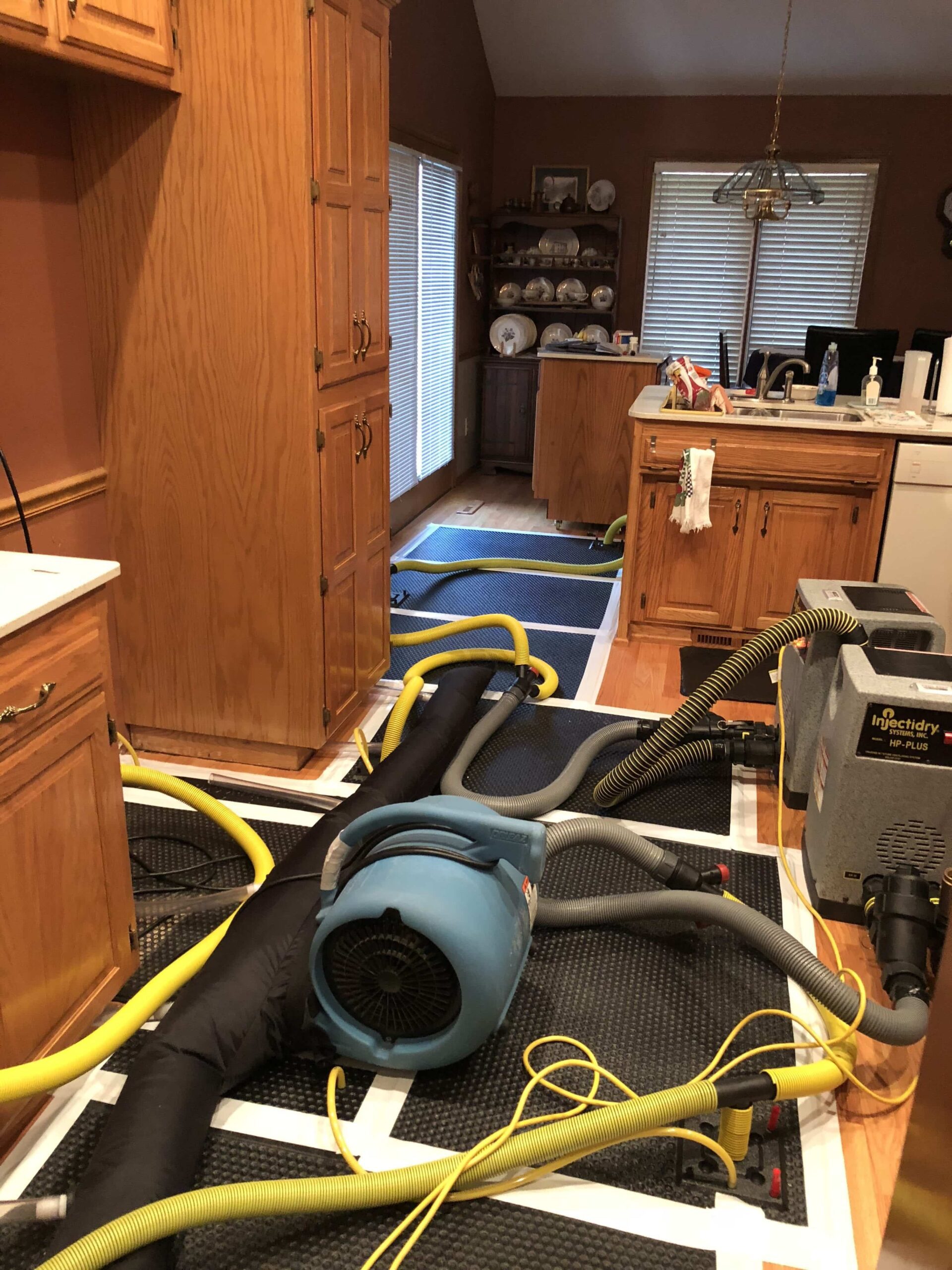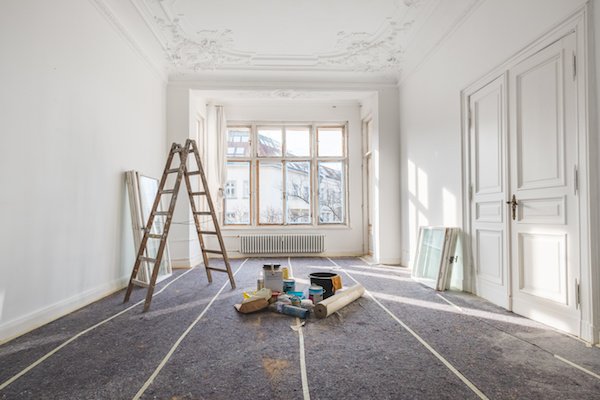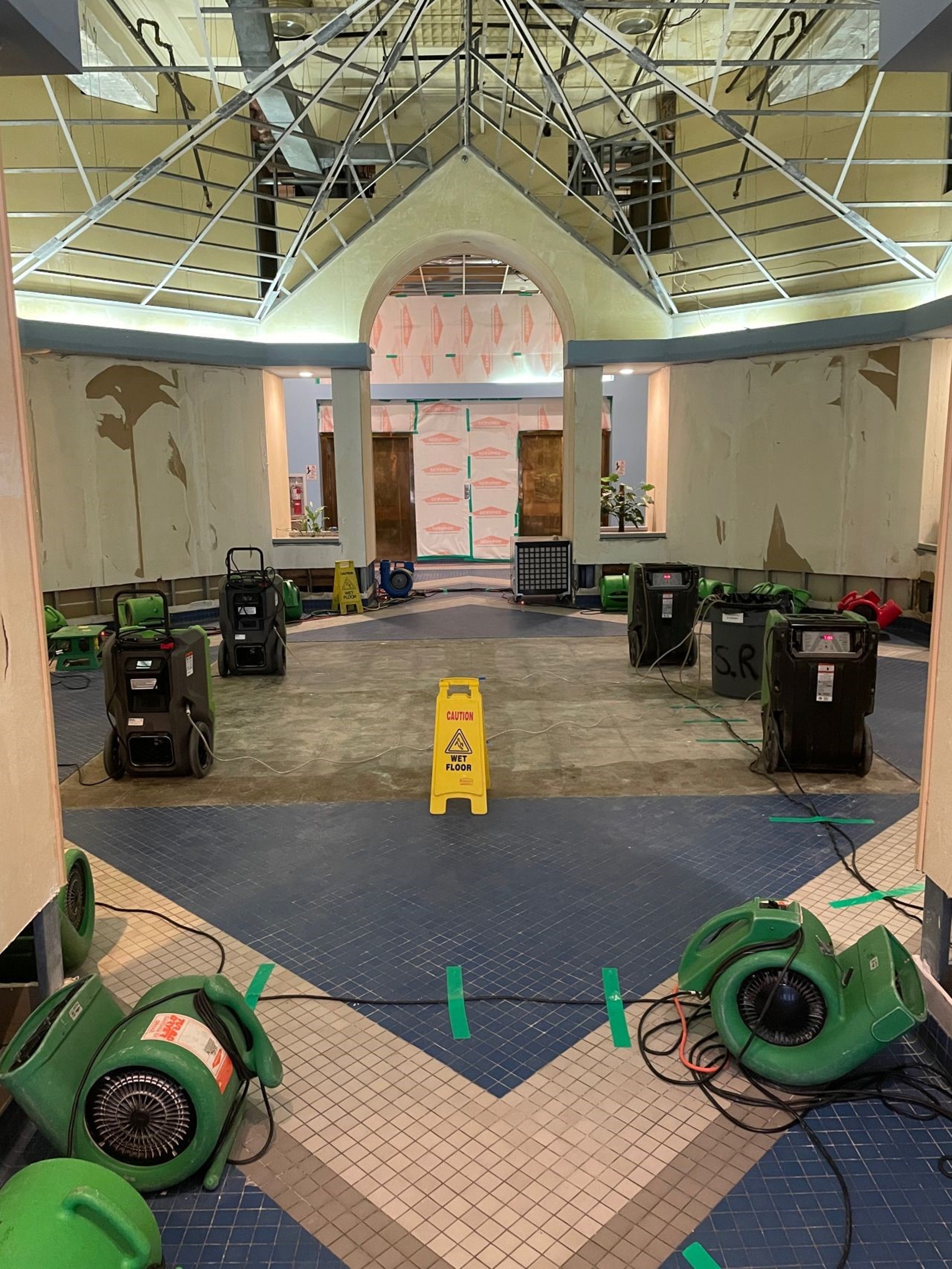Professional Water Damage Restoration Philadelphia: Rapid Reaction, Lasting Results
Emergency Water Damage Repair: Swift Feedback to Decrease Further Damage
What specifically does emergency water damage reconstruction involve? By understanding the necessity and detailed nature of this process, you will certainly acquire beneficial insights right into just how professionals take on emergency water damages, making sure a swift and effective action.
Significance of Swift Feedback
Swift reaction is of utmost significance in water damage reconstruction to lessen additional damage and minimize possible dangers. When water damage takes place, whether because of a burst pipeline, a natural disaster, or any kind of other unforeseen occasion, time is important. The longer water beings in a structure, the more damages it can cause. This is why it is crucial to act promptly and effectively to remove the water and begin the restoration procedure.
One of the main reasons quick feedback is important in water damage repair is to protect against the growth of mold and mildew. Mold not only triggers additional damages to the framework of the structure yet additionally poses health risks to residents.
Water damage can be ruining, particularly when it impacts personal things of monetary or nostalgic value. Acting promptly enables professionals to analyze the damages and execute appropriate reconstruction methods to restore as much as feasible.
Examining the Degree of Damage

Throughout the analysis, reconstruction experts completely analyze the affected location to recognize visible signs of damage, such as water discolorations, warped products, and mold growth. They also make use of specific devices to spot hidden damages, such as wetness meters and thermal imaging video cameras. This comprehensive analysis enables them to precisely determine the level of the damage and create a customized remediation strategy.
Because it helps professionals prioritize their initiatives,Evaluating the level of water damage is essential. They can determine locations that need prompt interest, such as standing water elimination and drying, to stop additional damages and reduce the threat of mold development. They can also figure out the locations that need fixings or replacement, making certain that no damage goes without treatment or undetected.

Water Removal and Drying Refine
The water extraction and drying out process is an essential action in water damage restoration, as it entails the removal of excess water and the detailed drying of the affected location to stop more damage and minimize the risk of mold and mildew growth. After analyzing the degree of the water damages, the next action is to extract the water from the afflicted location. This is usually done using specific tools such as pumps, dehumidifiers, and vacuum cleaners. These tools are made to efficiently and successfully remove water from different surface areas, including floors, rugs, and wall surfaces.
Once the excess water has been extracted, the drying process starts. This action is crucial in stopping secondary damage, such as structural damages and the growth of mold and mildew. High-powered followers and dehumidifiers are made use of to flow air and remove wetness from the air and surfaces. these details The drying out anonymous procedure may take numerous days, relying on the level of the water damage and the materials involved.
It is important to ensure that the affected location is totally dry before waging any fixings or repair. Failing to completely dry the location can cause long-lasting issues, including damaged structures, moldy smells, and the development of mold and mildew. Professional water damages remediation companies utilize moisture discovery devices to ensure that the afflicted area is totally dry before continuing to the next action.
Mold Avoidance and Remediation
Efficient mold prevention and removal are vital in water damage repair to ensure the safety and security and integrity of the damaged area. leak detection philadelphia. When water damage happens, whether from a ruptured pipe, flooding, or a leaking roof, it produces an ideal atmosphere for mold and mildew growth. Mold can begin to create within 24 to 48 hours after water damages, and if left unattended, it can spread quickly and create serious health and wellness threats
To stop mold growth, it is necessary to attend to water damages immediately. The initial action is to determine and fix the source of the water intrusion.
In cases where mold and mildew development has actually currently happened, remediation is required to eliminate the mold and prevent its return. This entails the mindful elimination and disposal of afflicted materials, such as drywall or carpet, to make certain that all traces of mold and mildew are removed. It is very important to note that mold and mildew removal ought to be executed by professionals that have the needed training and devices to safely handle and get rid of mold.
Recovering the Affected Location

Firstly, it is vital to extensively dry out the location to protect against any kind of more damages and to prevent the development of mold and mildew. This may involve using specialized drying tools, such as dehumidifiers and industrial-grade followers, to get rid of all dampness from the damaged surface areas.
When the area is completely dry, the restoration process can start. This might include changing or fixing damaged structural elements, such as drywall, ceiling, or floor covering ceramic tiles. It is essential to deal with any underlying concerns that might have triggered the water damage, such as dripping pipelines or defective plumbing, to avoid future occurrences.
Furthermore, restoring the damaged location may additionally consist of repainting wall surfaces, replacing damaged components, and completely cleansing and sterilizing the space. This ensures that not just is the area structurally audio, however it see it here is also cosmetically pleasing and safe for tenancy.
Final Thought
Finally, speedy reaction is crucial in lessening further damages brought on by water emergency situations. Evaluating the level of damage permits efficient water removal and drying procedures to be implemented. In addition, mold avoidance and remediation are necessary in restoring the afflicted location. In general, prompt action and complete restoration procedures are key to alleviating the adverse impacts of water damages.
Swift feedback is of utmost significance in water damage repair to decrease further damage and reduce prospective threats.Throughout the analysis, restoration experts completely take a look at the damaged location to identify visible signs of damage, such as water spots, distorted materials, and mold and mildew growth.The water extraction and drying process is an important step in water damage repair, as it includes the removal of excess water and the complete drying out of the afflicted location to stop additional damage and reduce the danger of mold growth. After assessing the extent of the water damage, the following action is to extract the water from the damaged location.Reliable mold avoidance and removal are critical in water damages repair to make sure the security and stability of the affected location.